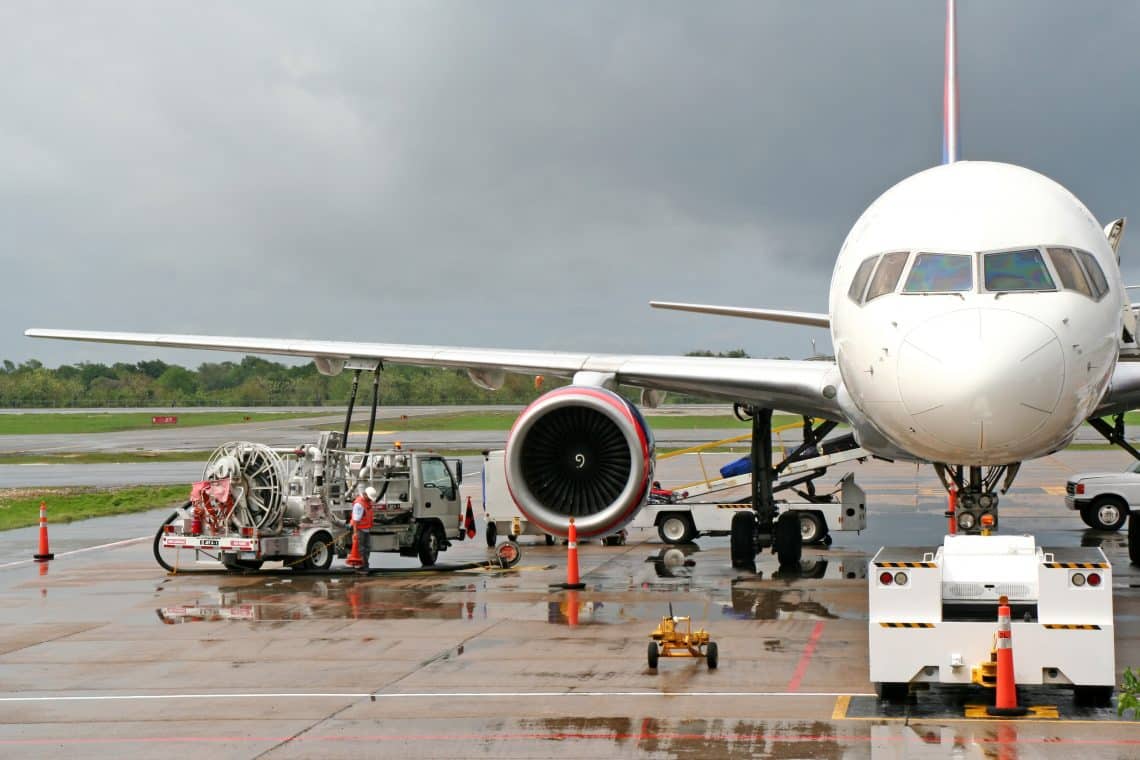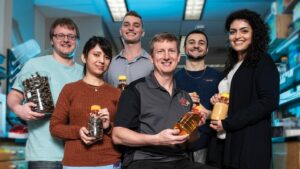As an industry leader in the development of field pennycress (Thlaspi arvense L.), Arvegenix, a renewable fuel company in St. Louis, Mo., has made tremendous strides during the past few years in turning pennycress into a biofuel.
A winter annual belonging to the mustard family, pennycress has been examined and researched by the U.S. Department of Agriculture and numerous academics around the world. However, Arvegenix is the first entity to invest in an ambitious breeding and genomics program with a mission to domesticate the wild strains of pennycress into a viable commercial crop.
Formed by Dennis Plummer, Mike Roth and Vijay Chauhan in 2013, Arvegenix’s three founders became aware of initial research on pennycress from the USDA in Peoria, Ill., and were extremely interested in the potential this plant could have for the agriculture system in the Midwest, and as a new feedstock for advanced biofuels without competing with land for food production.
Cris Handel, Arvegenix’s research and sustainability director, says they quickly built a team that could tackle the multitude of tasks to make a new crop successful. She attributes the company’s success to three things — team, location and attitude.
“The proactive nature and commitment of the founders and the whole team that came after that made all the difference,” she says. “Having a mix of people with different backgrounds and career expectations also helped. The vast majority of the management team is retired from long and successful careers. On the other hand, young professionals — mainly coming from St. Louis Community College — have been added to the team as they are eager to learn from experienced professionals and develop new opportunities in their careers.”
Secondly, Handel says that just as important as the team, Arvegenix’s St. Louis location has greatly helped, since it’s home to much of what goes on in agriculture and a number of startup companies.
“The St. Louis ecosystem helped us find experts and financing. And, thirdly, but no less important, has been the attitude of the company founders, managers, employees and partners. Whenever there is a job to be done, we all help — regardless of title.”
Why Pennycress?
Essentially, a “weed” that many Missourians can find growing roadside, pennycress can be planted in fields between the harvest of corn and soybeans in the fall and spring planting.
“We’re not taking away land that can be used for food production, but we produce a cover crop that holds and protects the soil and — at the same time — a feedstock that can have a better than 80 percent greenhouse reduction in the forms of renewable diesel or renewable jet fuel,” says Arvegenix CEO Jerry Steiner.
By fitting between crops, pennycress protects soil and water quality, while producing a crop and thus, new income.
“Many farmers say they are interested in growing cover crops, but can’t pencil out the $30- to $50-per-acre costs to plant and terminate them,” says Handel. “Pennycress aims to deliver the cover crop benefits and earn money for the farmer.”
Terry Isbell, a lead scientist with the USDA Bio-oils Research Unit, also in Peoria, says: “Pennycress doesn’t produce the highest yield of seed or amount of oil per seed, and not even the best conversion for jet fuel, but it fits between a crop rotation that is well established and that you can’t displace.”
However, it does have issues. “It’s not native to the United States,” he adds. “It came in as a contaminant and spread across the North America as a contaminant in wheat production.”
Arvegenix alone has collected it in 23 states and nearly 300 locations. It grows in farms and road ditches, but has not become a weed problem as it is easily controlled by all broad-spectrum herbicides and does not grow or produce flowers and seeds during the hot months of the year.
With more than 80 varieties of pennycress today, Isbell says his team is mainly interested in the winter types — varieties that can grow and produce seed when the temperatures remain below freezing for several weeks.
“Pennycress is planted in September and the plants will have to go through a cold period (vernalization) to make them bolt, flower and set seed,” he says. “We want the winter types because we don’t want any seed that is not harvested to merge and compete with our fields in the summer.”
Isbell explains that many varieties of pennycress have dormant seed. It can take 12 to 15 months for pennycress seed to break before being able to fully mature and grow.
“We developed two varieties that are non-dormant, Katelyn and Elizabeth,” he shares. “As soon as seed is harvested, it will germinate. Non-dormant varieties allow seed to be planted immediately for the following year’s production.”
More importantly, he says that seed lost due to the harvest or from environmentally induced shattering will germinate and die in the developing soybean crop.
“Consequently, you don’t create a seed bank in the soil to carry over from year to year,” Isbell continues. “Elizabeth is the better variety.
“Arvegenix has been very interested in the Elizabeth variety and has it in their field trials. We’ve worked very closely in providing them with the latest advancements we have. They’ve been very good at doing genetic work on the varieties we have given them along with the collections they have made themselves.”













